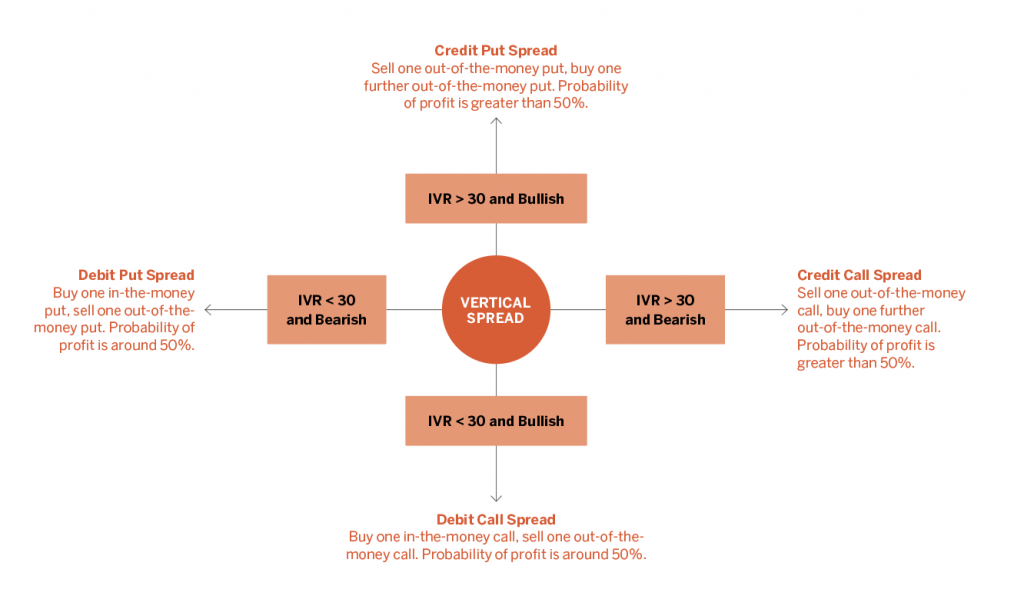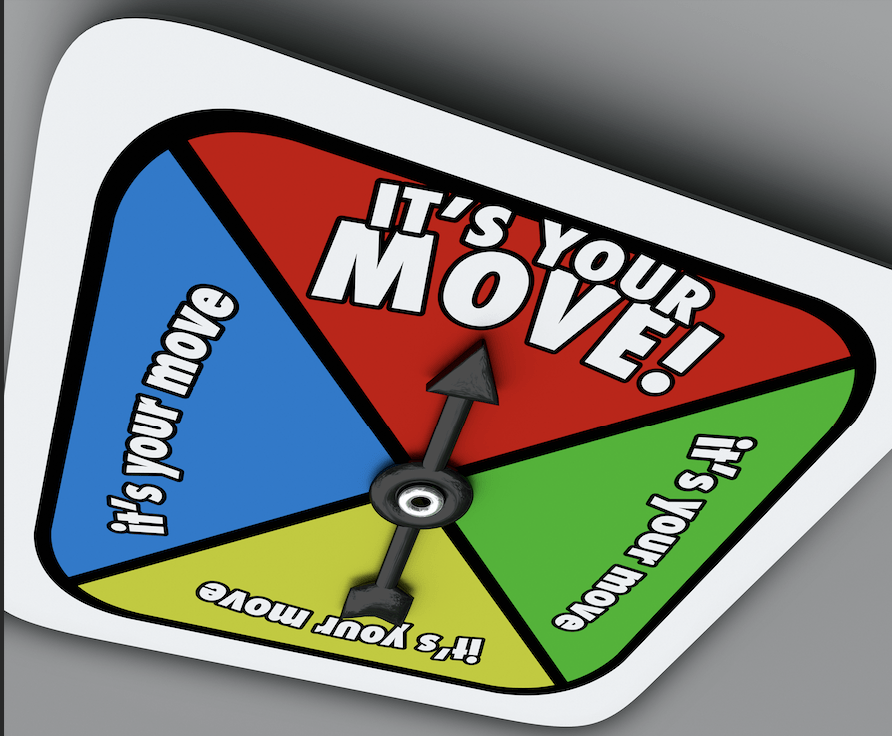Understanding Delta
Delta can gauge a position’s directional bias and also do so much more
Investors use “delta”—one of the most common terms in options trading—to describe risk in many different ways.
Directional bias
Delta can gauge a position’s directional bias. If, for example, the delta was +25, that would mean for every dollar up in XYZ an investor could expect to make 25 cents.
A positive delta indicates a bullish bias and a negative delta indicates a bearish bias.
Share equivalency
With a delta of -25, an investor would need to buy 25 shares to bring it back to a neutral 0 position. Delta above 50 means the option is in the money, and below 50 means out-of-the -money. At or around 50 means at-the-money.
Delta-hedging
Delta is the change in the option value when the underlying moves up by $1. This also provides an idea of the directional risk. This one fact makes delta one of the most widely used Greeks.
Standard deviation
We can use delta to approximate probabilities. One standard deviation is equivalent to a 16 delta option and calculates the probability that this option is in-the-money, out-of-the-money and the probability of a touch on the 16 delta option.
The Rules of the Road
The next Luckbox will feature essential “Rules of the Road” for active investors. While the rules aren’t immutable laws, theycan serve as customary best practices that investors can follow to achieve a sustainable edge in their trading.

Mike Hart, a former floor trader at the Chicago Stock Exchange and a proprietary futures trader, specializes in energy markets and interest rates. He’s a contributing member of the tastytrade research team. @mikehart79



















